Built-in toilets - bathroom decoration
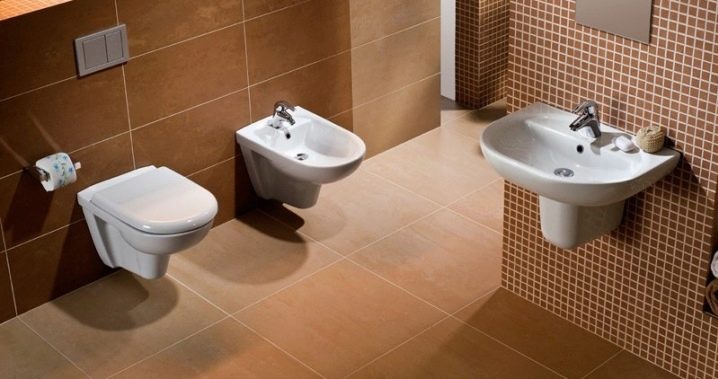
Installing a toilet in a bathroom is the most time-consuming renovation process. Installation is complicated by the small size of the room. Many problems can be avoided by installing a built-in toilet. Built-in toilets are easy to install and a real decoration of the bathroom.
Benefits of built-in toilets
The following advantages of the device can be distinguished:
- The wall-mounted toilet looks stylish and beautiful. The flushing cistern and sewer pipes are mounted behind the wall of the toilet room, which improves the appearance of the room.
- Another important advantage of the model is its compactness. You can easily find a toilet in the required shape and size.
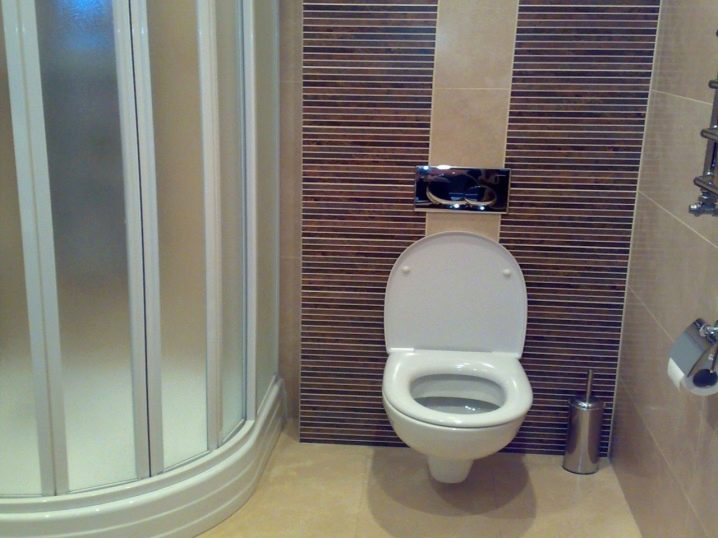
- Cleaning the toilet will become much easier and faster, as all hard-to-reach places will disappear.
- You can easily lay decorative patterned floor tiles right under the toilet. The tile will retain its unique pattern, it does not have to be cut.
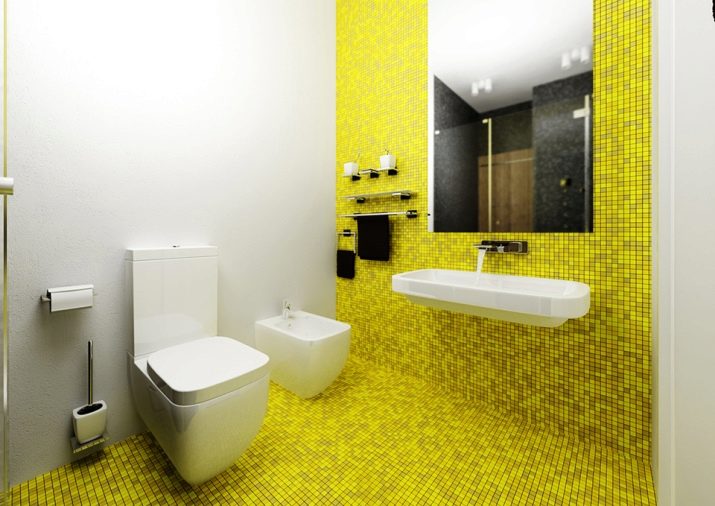
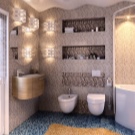
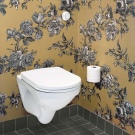
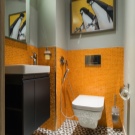
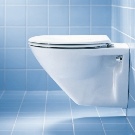

- You can easily install the "warm floor" system, which is very convenient with a combined bathroom.
- The wall-mounted built-in toilet is easily height-adjustable, and some installation systems allow it to be mounted even in a corner.
- Thanks to a special metal frame, the installation does not require the help of professionals.
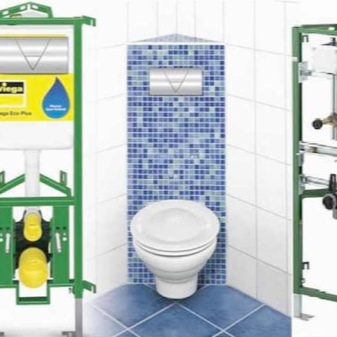
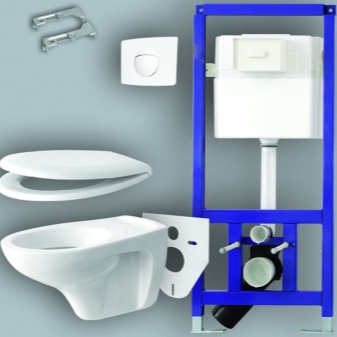
Cons of built-in toilets
One of the main disadvantages of this model is the high cost compared to floor-standing toilets. When choosing this product, you will not regret the finances spent, they are worth it. The second drawback is the complexity of repair and troubleshooting. This problem can be easily solved by installing an additional door in the wall of the bathroom.
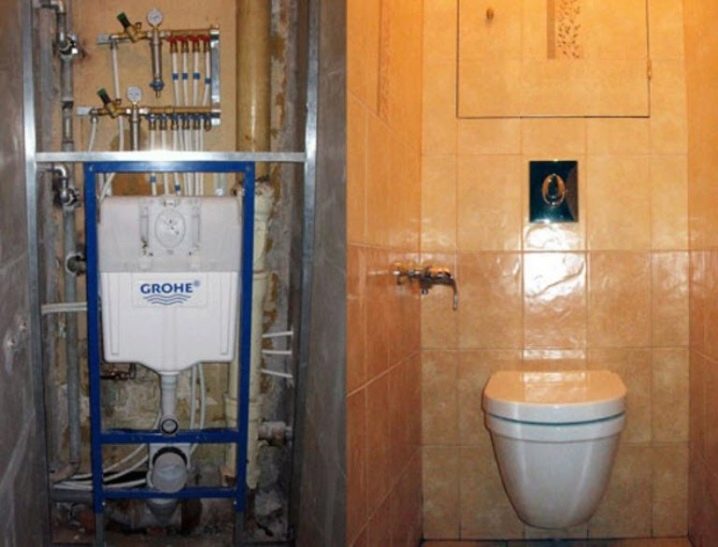
Materials for the manufacture of toilet bowls
The device, called a built-in toilet, can be made in a variety of materials.
- Porcelain - a high quality grade of ceramic with a pure white color. Porcelain toilets can be patterned to add a touch of sophistication to the product. Porcelain models are more expensive. Porcelain shells have a denser structure, they get less dirty and do not turn yellow with prolonged use. They can complement any design and look good in a variety of interiors. Reviews of such material are mostly positive.
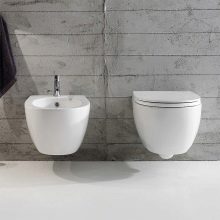

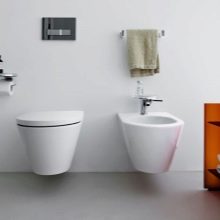
- Faience - a cheaper grade of ceramics compared to porcelain. The disadvantages of earthenware toilets include a large wall thickness with low strength, earthenware products lose their whiteness over time. Faience does not withstand high temperatures and may crack. Faience and porcelain sanitary ware is treated with a chemical solution - glaze from above. The outer coating gives them a similarity, and it is almost impossible to distinguish a new product. Plumbing firms indicate the material of manufacture. You can independently distinguish porcelain from earthenware by resorting to the following trick. Porcelain products, when lightly tapped, emit a ringing and lingering rumble, and earthenware sounds more boomy and shorter.
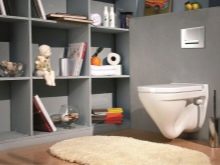
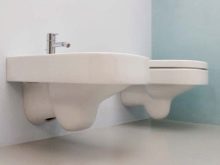
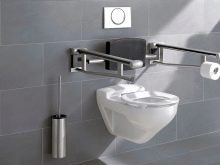
- Stainless steel toilets installed in public places. They practically do not lend themselves to any influence, do not lose their color and properties when sanitized. Such models are not popular in apartments.
- Glass toilets require careful maintenance and are expensive.
- Natural and artificial stone. These materials are used to make expensive models for individual orders. They have a sophisticated appearance and are not always standard in shape. For these purposes, marble, white and green onyx, black and gray granite, travertine are used. The most expensive models are made from natural onyx.


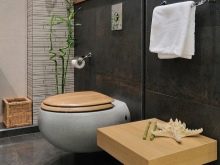
Installation types
Built-in toilets are fixed to the wall using a special frame construction - installation. Installation of a bathroom using the installation will not cause problems. If you are not confident in your abilities, you can always call an experienced plumber. After repair, all fittings are behind a plasterboard or tiled partition. The water drain button is displayed in a special door - a hatch, which is mounted on the wall.
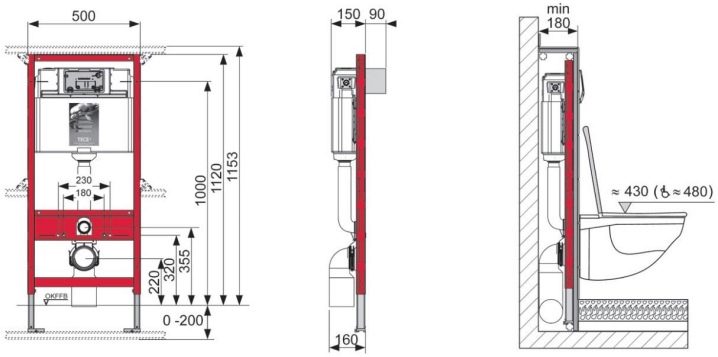
There are several types of installations.
- Framed. The kit includes a metal frame with a mounting system and a cistern. It can be attached to several points: both to the wall and to the floor. Installation of the installation is possible only to the floor.
- Blocky. If you are installing a toilet before repairing a toilet, feel free to buy a block installation. It is cheaper and more reliable than a frame installation, as it is attached to the main wall. The main advantage of the model is that it already has a cistern.
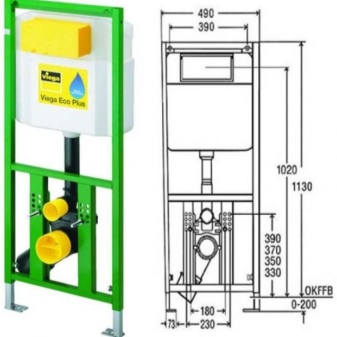
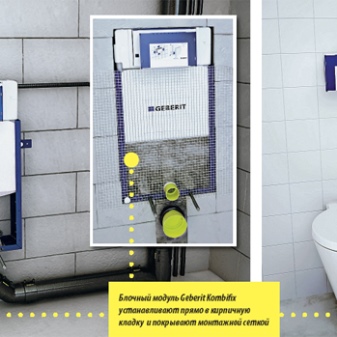
Preparation of a bathroom for installation installation
Before installation, special attention must be paid to the reliability of the sewerage joints. After repairs in the toilet, access to some utilities will be limited. As the saying goes, it is easier to prevent a problem than to solve it. Be sure to replace the old metal riser with a plastic one. Visually inspect all pipe joints. It is very important that the sewage system does not drip or leak anywhere.
If the drain is leaking, seal all joints with silicone sealant. Be especially careful with this process. If possible, sand all joints with sandpaper, then degrease with alcohol or solvent. Try to distribute the silicone evenly over the entire diameter of the nozzle.
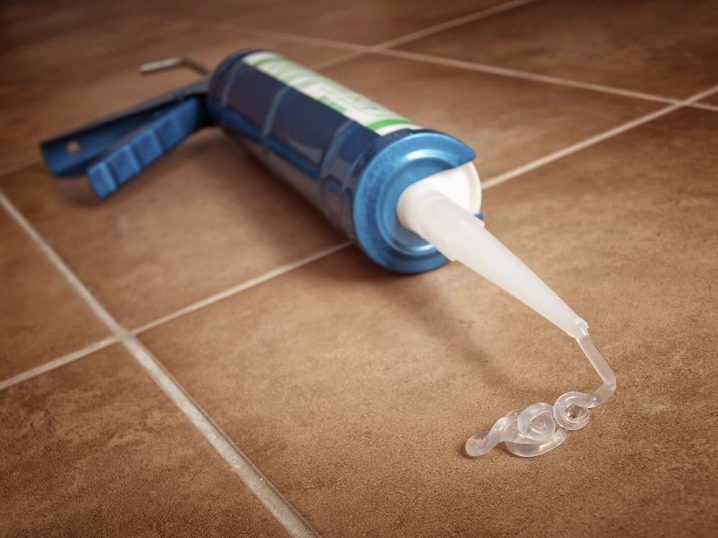
After sealing, you should wait a day until the silicone has completely set, and then proceed to the next stage of installation. Even after the sealant has dried, the pipes must not be twisted or moved. If there is a severe drainage leak, it is better to replace the pipes or individual flanges.
Sometimes, when purchasing an installation, a problem may arise due to the short length of the pipes. It is better not to increase the length of the part with self-made devices, but to buy a branch pipe from another manufacturer. The diameter of the installation branch pipes is 90 mm, through a rubber adapter they are inserted into the drainage hole with a diameter of 110 mm.
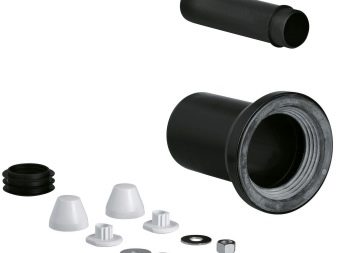
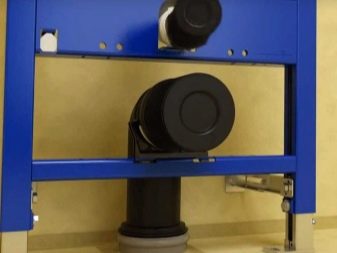
Frame installation installation
This structure can be mounted directly to the floor without the need for main walls. Block installation must be fixed to the main wall. When choosing a model, do not forget this rule.
The installation of the frame installation must be carried out according to a certain scheme.
- The frame is assembled according to the instructions. The width of the frame depends on the manufacturer, but they are all suitable for any toilet.
- Installing a drain tank. The water intake hole in the cistern can be located on the bottom or on the side. Connect the tank to the water supply. It is better to use plastic pipes for the liner, they are much more reliable and more durable than rubber hoses.
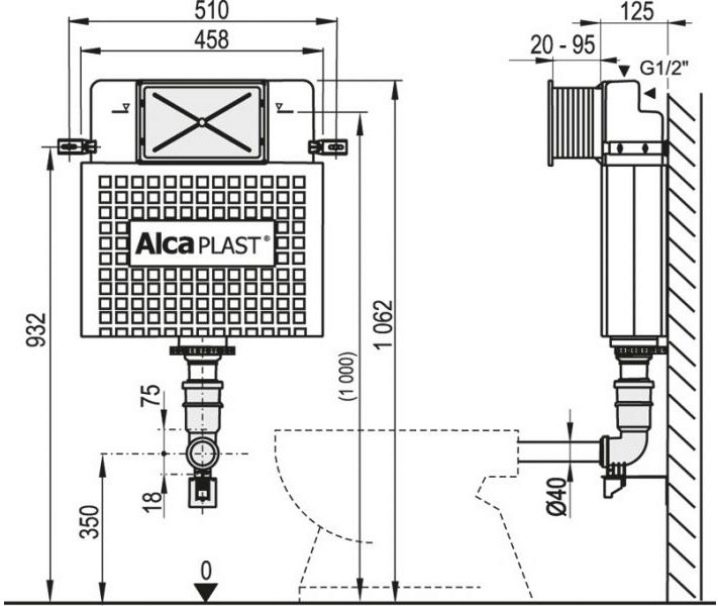
- Installing the assembled installation. Screw the frame to the floor. Adjust the height of the frame using the extendable legs, remember to level the frame horizontally.
- Connect the toilet drain to the sewer. To do this, you can use a plastic corrugation. Seal all joints as described above. After waiting the right time for the sealant to cure, then run the water and check the tightness of all joints.
- The toilet is installed on metal studs in the installation and attracted with nuts.

- A frame is made for moisture-resistant drywall from metal profiles. The installation is closed with plasterboard from the front and top. You will have a closed box with a convenient shelf on top.Experienced craftsmen continue the section from the shelves to the ceiling, resulting in a very comfortable wardrobe.
- Cut a service hole in the drywall under the cistern service door.
- Depending on the wishes of the owner, drywall is tiled or putty.
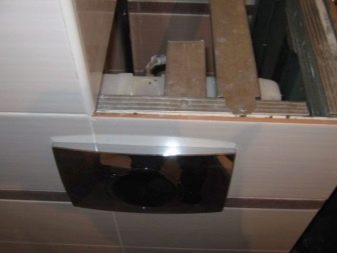
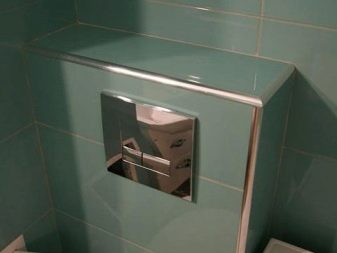
Block installation installation
Block installation is installed only on solid main walls. For installation in a private house, such a design may not be suitable.
The installation procedure is as follows:
- Measurements are taken to install the fasteners of the structure.
- Anchors are inserted into the holes drilled with a perforator, the main frame is attached.
- The system aligns horizontally and vertically.
- The cistern is attached to the main frame using the parts included in the installation kit.
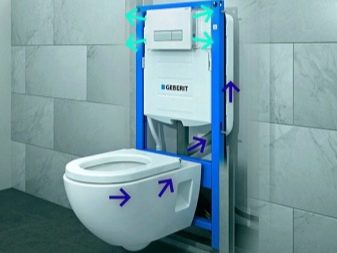
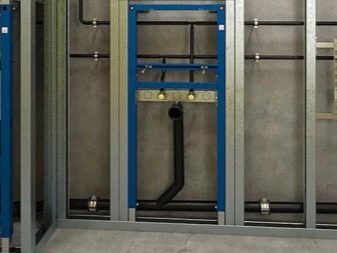
- The system is connected to the sewerage system. The toilet bowl drain is inserted into the sewer outlet, the joints are pre-treated with silicone. The tank is connected to the system using a plastic pipe.
- The toilet bowl is mounted on pins and the system is secured with nuts.
- After the sealant has dried, the system is checked for leaks.
- Next, a false wall is made of moisture-resistant drywall, as described above.
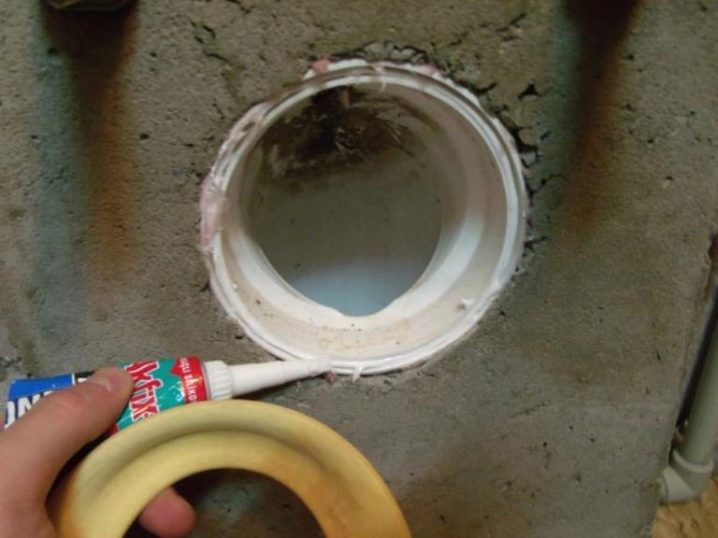
As you can see from these instructions, the installation of block and frame installations is not much different. Reliable companies manufacturing plumbing fixtures give a ten-year warranty for their products, as well as for all components, seals, gaskets and a tank.
Brands at a glance
The following companies have proven themselves very well in the plumbing market: Grohe, Geberit, Roca, Vitra, Cersanit, Laufen... Some models are not available to every customer due to their high cost.
Swiss firm Geberit produces luxury models. Her toilets are equipped with a sensor drain, a water heater.
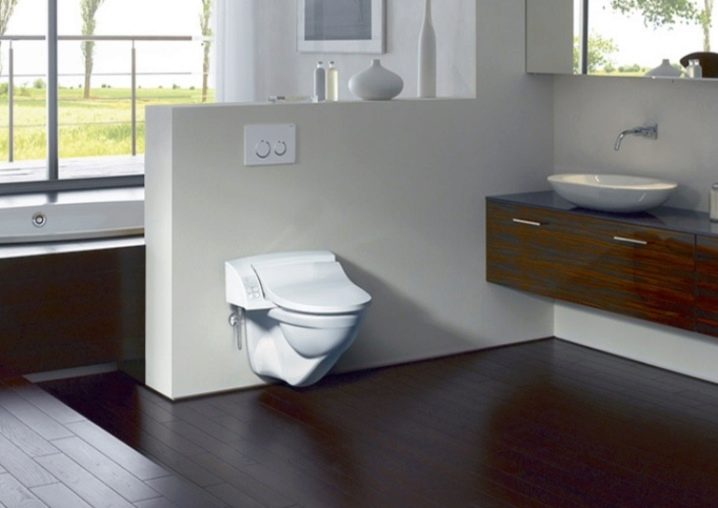
High-tech toilets are preferred by a Spanish company Roca... In her model range there are round and square bowls.
Quality sanitary ware of economy class is produced by a Turkish company Vitra... Prices for this plumbing are quite affordable: from 5 to 10 thousand rubles. There are also expensive models.
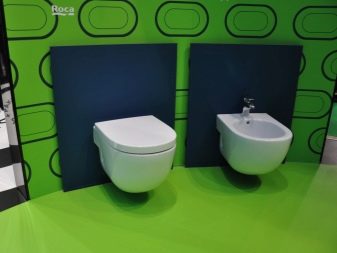
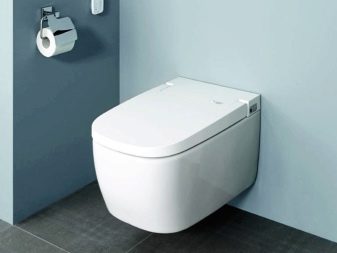
Earthenware products are offered by a Polish company Cersanit... Polish toilet bowls are designed for the most budgetary buyer. There are no non-standard sizes for this manufacturer.
Austrian firm Laufen produces models mainly from faience. There is a wide range of models: drop-shaped, classic and even pyramid-shaped toilets. The price of sanitary ware ranges from 5 to 25 thousand rubles.
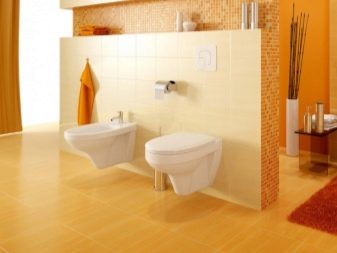
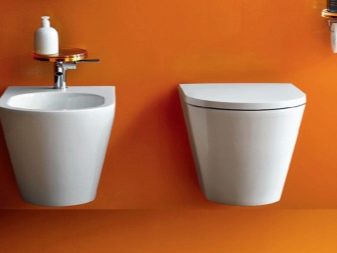
The intricacies and secrets of installation installation are described in the video.













The comment was sent successfully.